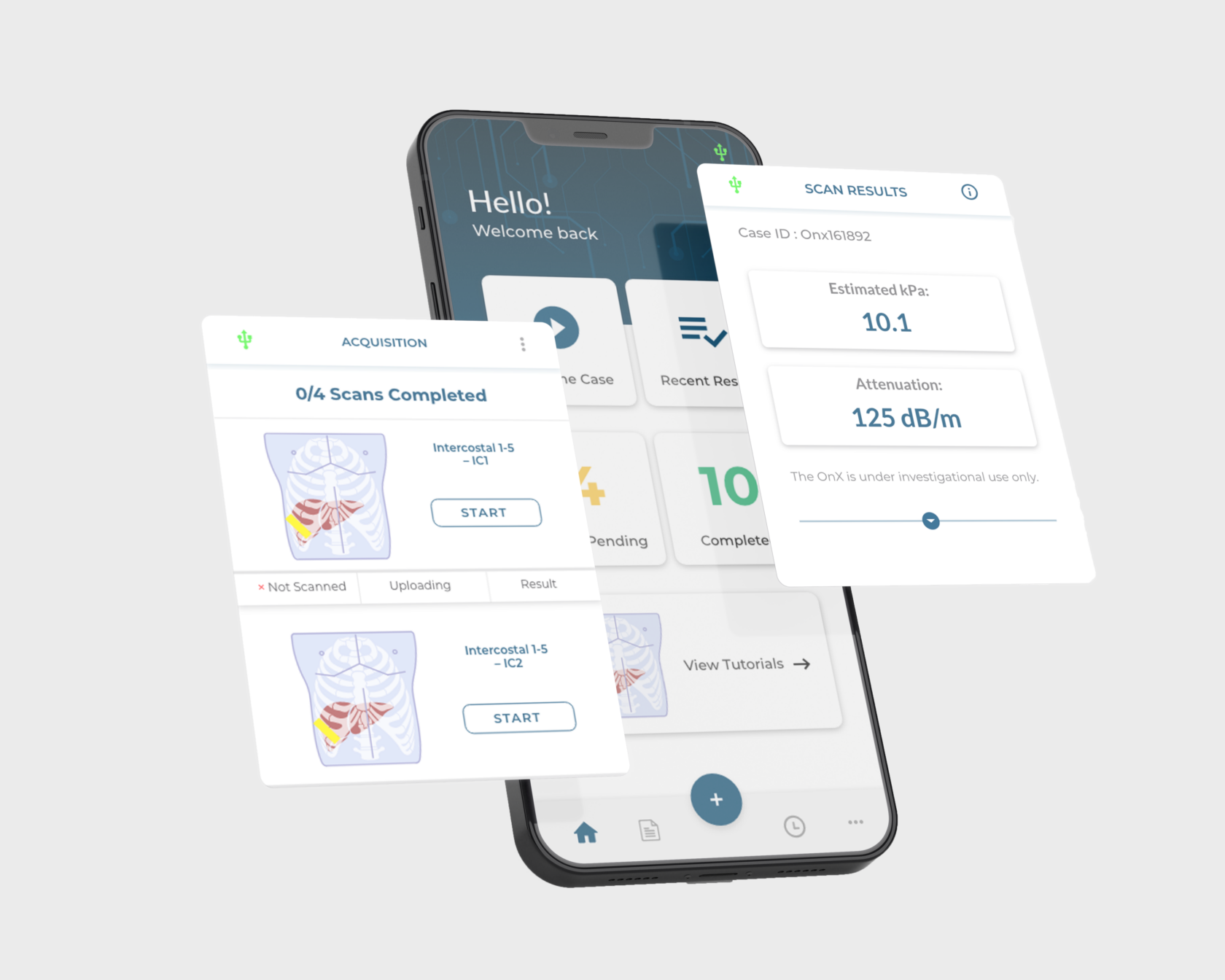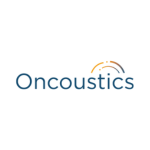
Building a Full-Body Virtual Biopsy Platform
Leveraging AI to rapidly diagnose liver conditions & paving the way for full-body diagnoses.
Project Overview
Updated January 14, 2025.
This project is actively seeking new project partners to assemble a strategic leadership consortium around applying AI/ML to radiomics, imaging technologies and building full-body virtual biopsy platform, as well as generally expanding use of AI in healthcare. Interested organizations are encouraged to email founders@oncoustics.com for more information.
The Problem
Liver disease is one of the fastest growing causes of morbidity and mortality. Over two billion people globally have or are at risk for structural liver disease, including non-alcoholic fatty liver disease (NAFLD) and its most severe form nonalcoholic steatohepatitis (NASH).1
To address this rise, there is a global need for a fast, inexpensive, non-invasive point-of-care solution to screen for conditions. Current approaches to catch and diagnose liver disease are complex, expensive and time-consuming. These approaches often involve MRIs or highly-invasive biopsies with several appointments and different specialists — leading the World Health Organization to cite enhanced liver diagnostics as a top priority to address the unmet medical need.2
How We Are Solving It
Led by Oncoustics AI in collaboration with the University Health Network and the University of Calgary; this project will aim to expand Oncoustics’ novel approach turning low-cost ultrasound systems into powerful virtual biopsy screening platform. This project builds on Oncoustics’ tissue characterization method and advances the technology to address other structural diseases of the liver and beyond to create a full-body platform.
Building off Oncoustic’s initial clinical decision support tool that helps characterize liver tissue to detect steatosis (liver fat) and fibrosis by applying AI to raw ultrasound signals, the anticipated new platform will be enhanced with ability to diagnose other liver conditions, including liver inflammation and NASH, and integrated with Clarius’ point-of-care ultrasound technology. The resulting technology integration will not require a trained sonographer to perform the exam or a radiologist to interpret the results. Instead, it will apply AI and machine learning (ML) to evaluate raw ultrasound signals and differentiate healthy and diseased tissues, leading to more rapid assistance in diagnoses via the Oncoustics’ platform.
Once validated and tested in clinical studies, the project team plans to expand the prototyped platform to the full body diagnosis. Its vision will be for the solution to be able to work on any anatomical area of the body that an ultrasound can image and have many potential medical applications beyond diagnostics.


